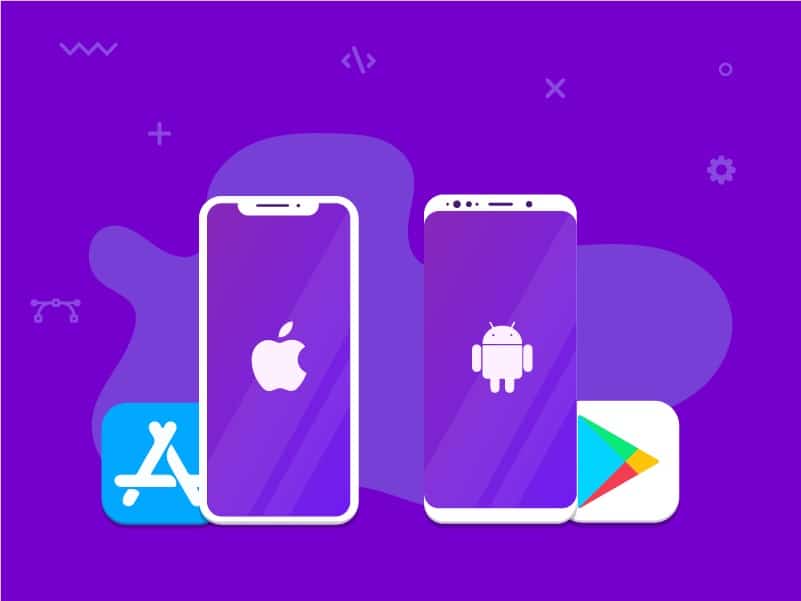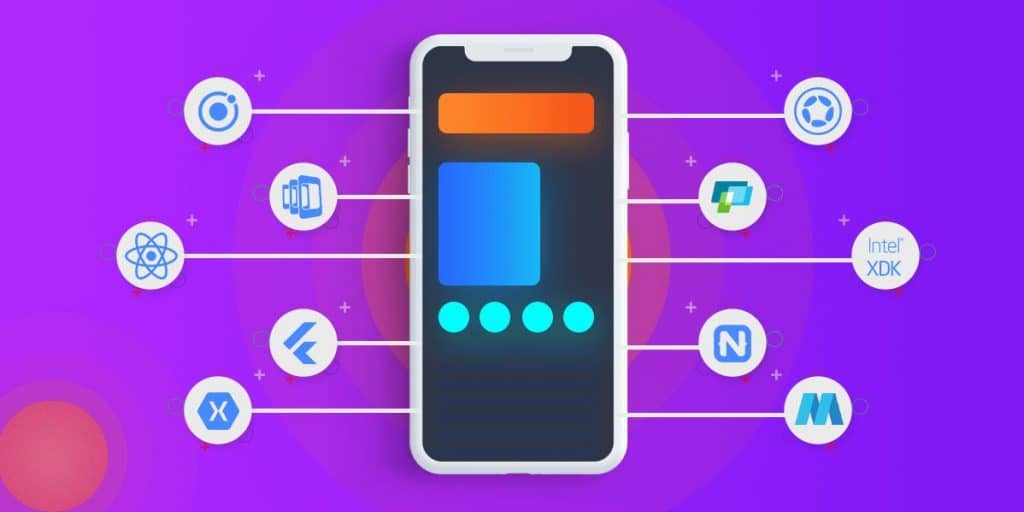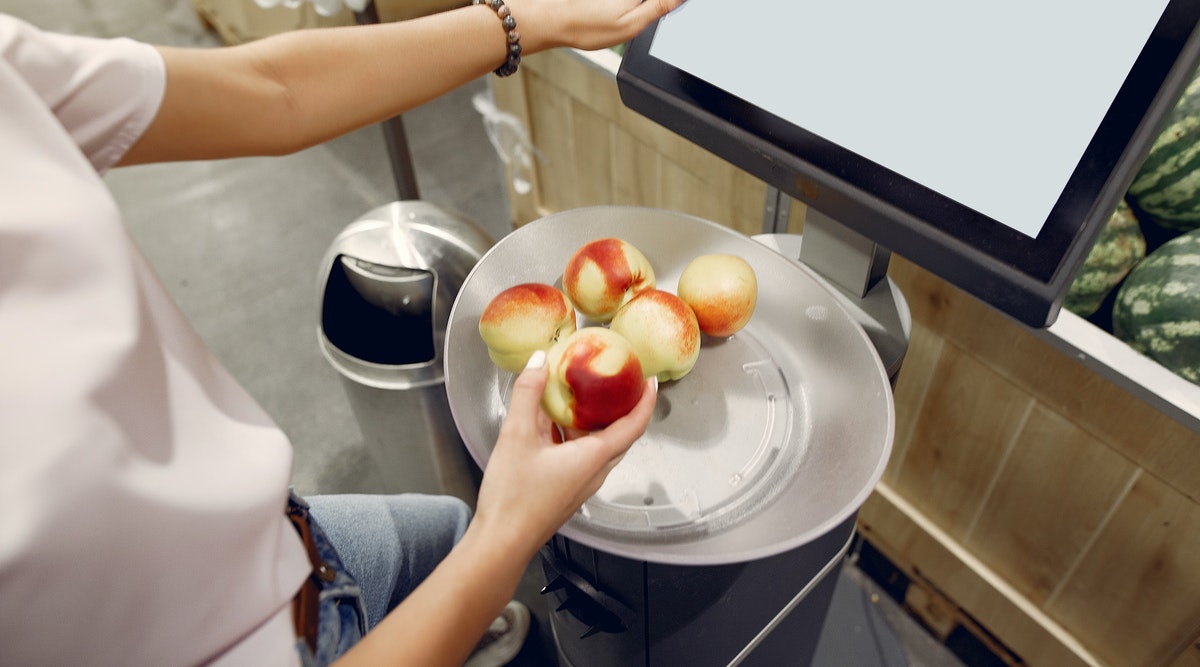Mobile Development Stages To Create a Successful App: The modern world is completely and utterly absorbed by mobile fever. Is there at least one person in your environment who doesn’t use a smartphone? Probably no, if we are not talking about very old people. Sales of smartphones are growing at lightning speed, and manufacturers are investing huge sums in mobile technology, their development, and promotion on the markets.
Mobile app development is a very fast-growing area of programming, as the number of mobile devices far exceeds the number of personal computers, and this trend will only grow.

The concept of developing applications for smartphones, tablets, and other mobile devices includes writing code to create programs that will run on certain platforms (today there are 2 main platforms for mobile operating systems – Android and iOS, and the less popular Windows Phone and Symbian).
In the process of developing a mobile application, programmers should always take into account how limited the attention of users is to the screen size, how to reduce the number of keystrokes, and how to most compactly fit into the application the required set of features.
Therefore, for developers, the process of creating mobile applications is often not limited to writing code in accordance with the task, but also includes a wider and more creative range.
So What Are the Main Stages of Mobile App Development:

- Search for the main idea of the program and its concept. Of course, it’s better to create something unique or improve something which already exists but requires more useful features. At this stage, you can also analyze the market and your competitors. And do not forget to determine your target audience, its motivation, needs, goals and triggers. For example, if you are developing a language learning app, you need to check which apps are ranked first in search engines and app marketplaces by the keywords “language learning app” and “learn a language”, what their best features are, and what competitive advantage you can offer to your users. Then, you should analyze the apps’ monetization model and learning approach they are using to create something useful enough and price-affordable.
- Defining the basic functionality. Usually, mobile applications are born gradually. First, a demo version with simplified functionality is released, and then gradually new features are launched in future updates. This approach is often financially justified. As a developer, you can collect feedback from your users and understand what needs improvement in the upcoming updates.
- Direct development of software. In the process of creating an app, we continue to test and improve it, but it is important to follow the plan of phased releases. Often, while testing, customers receive new ideas about functionality and design which can fully affect the speed of development and adjust the release date.
- Promotion of the mobile application. Here we should consider the maximum marketing efforts based on the allocated budget. Among the main advertising channels, you can use digital banners on sites and advertising in search engines, SMM, email marketing, SEO in promoting the app’s landing page, if you have developed one, publications in the media and news portals, etc. At this stage, it is important to determine where your loyal audience is and which communication channels respond best. According to ComboApp law firm marketing agency, the whole marketing campaign should be divided into pre-launch and post-launch parts. You should start working on your mobile app marketing plan several months before the release of your product. The more you work on how to promote your application, the more downloads you will get during the first weeks after its launch.



